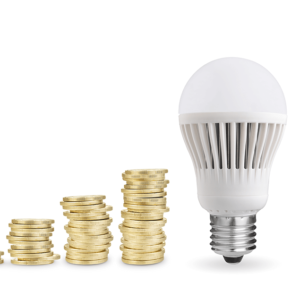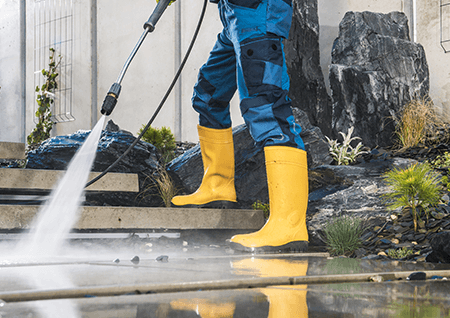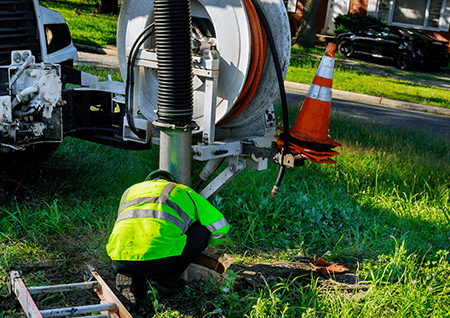
Water Tank Cleaning Services in Bahrain
Water tank cleaning Services is an extremely essential part of water hygiene and something to be taken seriously both domestically and commercially.

It is important that tanks are inspected regularly and cleaned when required to prevent bacterial proliferation and maintain high-quality water. Protecting the tank system’s users from potentially fatal diseases such as Legionnaires’ disease is vital, particularly when the users are vulnerable people such as children, the elderly, people with pre-existing illnesses, smokers, etc. These tanks should be inspected annually for their condition to identify if a water tank cleaning Bahrain is required. Homefix is a home maintenance company that provides water tank services and more home maintenance services that suit your home needs.
In order to minimize the risk from Legionella and other forms of bacteria, it is essential that water storage tanks are subject to a full inspection on a regular basis.
Our water tank cleaning services include:
- Mechanized Dewatering
- Sludge Removal
- High-Pressure Cleaning
- Vacuum Cleaning
- Anti-bacterial Spray
- UV Radiation
- Chemical cleaning
- Frac tank cleaning
- Underground storage tank cleaning
All of the services that we provide are carried out by our team of fully trained, fully qualified and highly experienced engineers. Every member of our team follows the specific method statements for each project on which they work, as well as the standard procedures that we have in place.
Water is the secret of life, a basic source of survival. We use it for drinking, eating, showering, cleaning Services, agriculture, industry, and others. So storing water in a clean tank became a very important thing as it interferes with the derivatives of our lives and has a great impact on our health.
There are many types of bacteria that settle in troubled waters and may cause serious diseases and sometimes even death, including the potentially fatal legionella. Therefore, caring about cleaning a water tank is very important because it relates to our life, health, and the health of our children, so we must at least clean the water tank twice a year, but it also depends on the quality of water supplied into homes. If the water is very hard and high in TDS, then sedimentation will happen more often. In such cases, more than two annual water tank cleaning is required.
Step 1 Water Tank Cleaning:
Clean the area around the tank carefully and make sure that it was cleaned well, and also the top of the tank.
Step 2 Water Tank Cleaning:
Sanitize and clean the tools that are used in cleaning the tank.
Step 3 water Tank Cleaning:
Water and sludge are drained out from the tank using a sludge pump.
Step 4 Water Tank Cleaning:
Clean the tank manually to remove dirt, sediment, fungi, and stains by using a brush or sponge to clean it from any dirt and dust.
Step 5 Water Tank Cleaning :
Wash the internal walls and base with a 10% FEEDCHLOR solution, you can use the brush or sponge to clean the water tank from stains and the need to make sure that you get rid of sediment, and finally, wash the tank using a high-pressure jet.
Step 6 Water Tank Cleaning :
Make sure that all the dust was cleaned by the vacuum cleaning, then exit the tank and add enough FEEDCHLOR to ensure that when refilling the tank at least 65 ppm of chlorine is entered, i.e. at least 0.65 liters of FEEDCHLOR per 1000 liters of tank capacity, this must be measured with chlorine test strips.
Step 7 Water Tank Cleaning :
Clean the tank and spray with antibacterial and disinfectant to ensure all sediments are removed.
Step 8 Water Tank Cleaning :
The tank is filled with water that is made to run through the taps to disinfect the water pipes.
Step 9 Water Tank Cleaning :
Water from the tank is drained through the taps and the tank is left empty for drying.
Step 10 Water Tank Cleaning:
The tank is clean and ready to be filled with water for domestic use.
Dechlor must be added at a rate of 11 ml per ppm of chlorine per m3 of water.
Check this case to understand more: Removing 40 ppm of free remaining chlorine in a 20 m3 tank requires:
11 (ml) x 40 (ppm) x 20 (m3) = 8,800 ml OR: = 8.8 liters of dechlor
Note: It is important not to over-remove the chlorine as this will absorb any residual free chlorine in the next main.
Some people are accustomed to cleaning water and killing bacteria every period, usually every three months, This is how? It takes about 5 mg of chlorine per liter to clean water in the tank. However, this will depend on the water quality. For effective disinfection, there should be at least 0.5 milligrams per liter (mg / l) in water 30 minutes after consuming water.
But this home cleansing does not reduce the importance of the professional cleaning service, it only keeps the water from turbidity.
As one of the best water tank cleaning companies in Bahrain, We want you to be sure that when you hire Homefix, you are dealing with consummate professionals who know exactly what they are doing. Our clients have very high standards and we are able to meet and exceed these standards because we adhere to strict codes of practice on every project that we undertake.
Our engineers receive specific technical training to complete water tank cleaning and disinfection and are subject to a thorough and continual assessment process to make sure that they are able to carry out this specialist cleaning work safely and efficiently at all times.
Homefix only uses the very latest cleaning techniques and modern disinfection chemicals to ensure that your water tank is thoroughly clean and bacteria-free.
Homefix provides a full-stack set of house maintenance services that offer customers high-quality services and complete refurbishment. We offer a wide set of Indoor deep cleaning services delivered in a very professional manner by top cleaners in Bahrain to meet the client’s demands. If you’re looking to clean bathrooms, kitchens, living rooms, bedrooms, gardens, furniture, appliances, or any other part of your house even if Outdoor Cleaning Services or office; we can handle it since we offer all types of cleaning services in Bahrain.
Also with Homefix, don’t worry about carpentry services, plumbing services, electrical services, and even simple painting and decorating. Homefix is well-equipped with certified professionals who do their best to provide you with exceptional service.
Do not miss out on checking out commercial services with Homefix.










